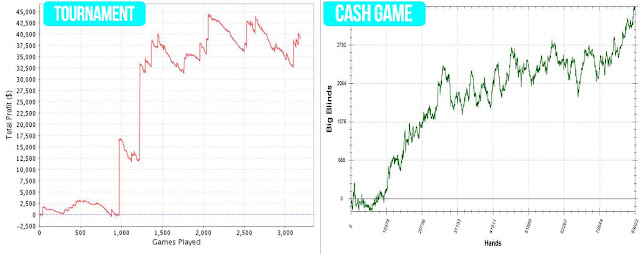Going into the last week or so with the 1st 1% SPY down move in ~110 days, I had all short SVXY puts of varying strikes and expirations. With the down day on the 24th I added a short Apr 21 142 call to offset an Apr 21 put that was getting close to the money. With the 2nd down day on the 27th I added a short 133.5 call to offset my weekly, adding a little more downside protection.
Fortunately (or unfortunately, the point being you shouldn't really care and just be prepared either way), that call was sold right at the local bottom and we shot up from there. I planned to buy stock to cover that call around 133.25 or something, but like an IDIOT I did a limit order instead of stop limit and got the stock at 130.39. We continued up and I correctly got a stop limit in the next day at 141.50 to cover the approaching 142 call.
I only mentioned this to set up my thoughts on Gamma, which I was contemplating, especially as some of these strikes are weeklies now- and holding straight stock had me watching the full ticks of basically an option at expiration.
I view gamma mainly through the lens of convexity/acceleration around expiration, as your time to be right or to correct from becoming wrong shrinks rapidly, so to me gamma is entwined with time, although that isn't its formal definition in relation to delta.
Like a lot of options topics, I feel gamma intuitively, and I think you should too if you have ever had a project due, a test, presentation, or anything with a time component- Basically STRESS. (Does anyone not have this experience?)
Is stress just the gamma/acceleration/time convexity of some work/event/underlying?
"OK, we aren't stressed yet, this was just assigned so I'm where I need to be in this progression."
Now lets fast forward to a day or two away- we haven't started and now have a much shorter time until expiration. In this case the project is the underlying (like stock) and our delta (underlying directional change) is how "done" the project is. That stress of not being done is the convexity of how much time we have left for needed change to happen. This example is closer to buying a long Out of the Money option, as we start out needing for a directional change (finishing the project).
A short option equivalent (selling an Out of the Money, meaning you need no underlying directional change) would be like being somewhere and needing not to be recognized,
"I'm almost out of here but what if they are catching on?!" If something goes wrong there is no time to correct it. Maybe a better thought is if you have a meeting set up and everything is ready, the fear creeps in about the catering or AV failing, there is no time to correct it right at the start of the meeting! (Having to prep AV a week earlier is no problem, basically a much lower delta effect on the position)
I think the ultimate short option/ gamma stress is death- does anyone else think about options and it immediately goes to thinking about mortality?
Life is like one big LEAP option, the expiration and strike price are so far out of mind that you don't even worry about it. Is a midlife crisis then a sudden realizing the convexity of the time we have left and what we have or haven't done? And what about huge life medical events, is that huge underlying delta acceleration basically repricing where we are at on our LEAP curve just gamma?
Coming back to my initial trade, I ended up getting SVXY stock before I wanted to and sat there watching the full ticks of stock underlying change, where I am usually used to only watching the much smoother change of further away options. That immediate stress of each tick was unavoidable even though intellectually I knew it meant nothing.
So what do people do to reduce this stress? PUT IT OFF. Yet in options land, this is usually the correct approach- rolling to a further duration to reduce gamma, or closing the position at 50% profit. Maybe this is one case where options and an aspect of life don't add up.
If these idiots who perpetually roll useless meetings to the next week and next, or put off projects by waiting to hear back on emails only knew what GENIUS option sellers they would be. (slight sarcasm, but then again who knows)
Is there a takeaway here? Maybe to be more quantitatively mindful of the gamma stress in your own life so it doesn't feel as crazy to you, just realize the natural convexity with time.
















